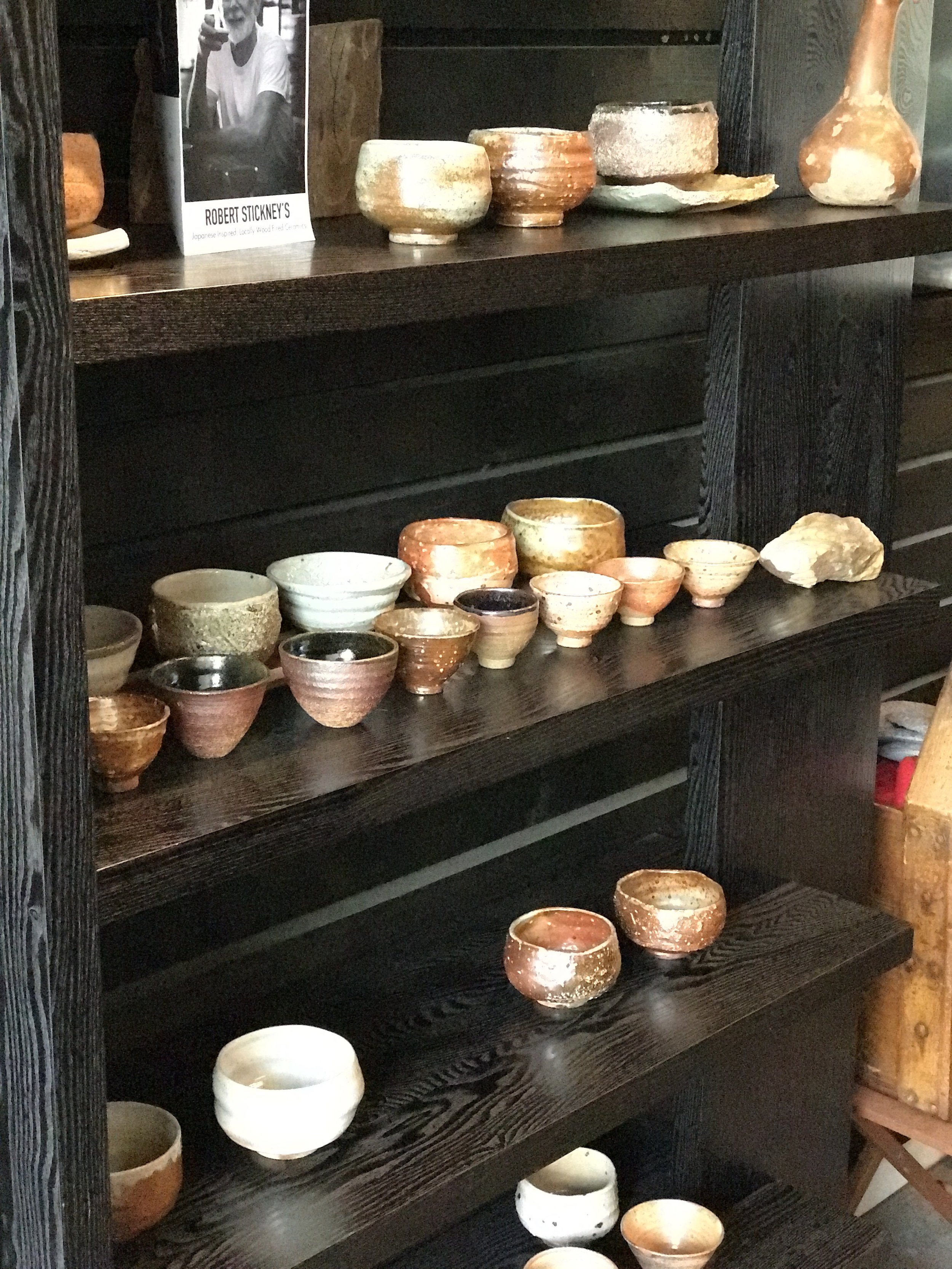Chawan 茶碗 - The Matcha Bowl
I love matcha bowls. Each and every one tends to be an exquisite work of art - the textures, the colors, the designs. From sleek and simple to elaborately hand painted, the matcha experience becomes elevated as all your senses are awakened by meditating on the vessel from which you are drinking.
Matcha bowls, or chawan (茶碗) have evolved over the centuries. The word chawan refers to any tea bowl, or vessel from which tea is consumed, and was not specific for matcha. Like the tea plant itself, the chawan from which the Japanese monks and warriors drank their matcha were initially imported from China to Japan for several centuries, until the end of the Kamakura period, 1185–1333 (鎌倉時代 Kamakura jidai, which ushered in the Japanese feudalism society and the shogun warrior caste system). Until 1333, the Japanese had a zen, pardon the pun, for bowls made from Chinese temples in the Tianmu Mountain region. These chawans, called Tenmoku in Japanese (Jian in Chinese), were made in a variety of shapes, colors, sizes and materials. As the popularity and acceptance for drinking tea grew throughout Japanese culture, artisans in the Seto region of Japan began experimenting with making their own chawans, which unlike the Chinese style, had a distinct tapered shape.
The chawan bowls changed a bit during from 1336 to 1573 during the Muromachi period (室町時代 Muromachi jidai), as rice bowls, called Ido chawan, from Korea became the fashion. The Japanese called the Korean produced bowls koraimono. A bit later, during the Edo Period (between 1603 to 1868 - 江戸時代 Edo jidai), Vietnamese rice bowls called Annan ware, with their characteristic blue and white design, gained some popularity as chawans. However, during the Edo period, more and more chawan bowls were being produced in Japan, and by the late 18th century, specialized Japanese artists began producing their own intricate and unique bowls, which became highly valued in Japanese society. These artisans of chawans were considered some of the most respected and esteemed in the country.
Chawan were often identified by location (country of origin), type of clay or material, or location of the oven, or kiln, in which they were heated. For example, if the bowl was made in China, the Japanese called them karamono. If from Korea, they were known as koraimono, whereas wamono referred to a chawan made in Japan.
Today chawans come in all shapes, sizes, colors and materials. As I prefer the thicker preparation of matcha, koicha, I have developed a new passion for tumblers and smaller matcha bowls. Clay is my material of choice. Not only do I prefer the touch and feel of it in my hands, I believe clay provides the best taste for the matcha. That doesn't mean I refrain from using my glass chawan, like my small glass bowl below from the Matchaeologist or the larger chawan from American Tearoom. With glassware, you can really see the matcha much more clearly, drinking in the vibrant color of the magical elixir and foamy creama, which also creates a wondrous overall experience as well.
In tea drinking cultures (as well as with my matcha-loving friends), specific chawans are assigned for different occasions - one chawan for daily use, another for guests, and yet another for ceremony.
What is your favorite chawan? I would love to see pictures and hear your stories - where you purchased it and what do you love most about it.





